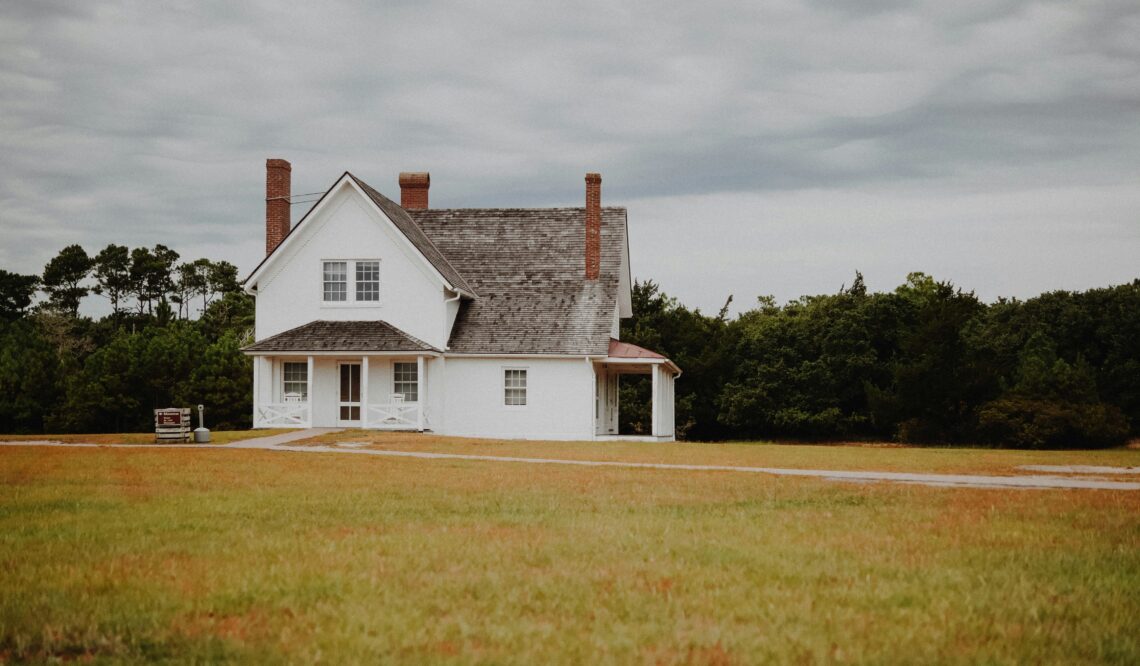Flipping an older home can be a rewarding investment venture for those with keen eyes and a spirit of transformation. Older properties often present unique opportunities to revive forgotten charms, adapt historical architecture to modern comforts, and offer future owners a piece of history. But flipping is more than a mere touch of paint; it is a strategic process that demands careful planning and budgeting to reap profitability. For prospective flippers aiming for success in this competitive field, understanding the essentials is imperative. Below, we delve into the crucial aspects that can make or break your older home-flipping project.
Assessing the Potential of an Older Home for Flipping
Before diving into the flipping process, assessing the potential of the property is crucial. Not all old homes are ideal candidates for a profitable flip. Prospective flippers should consider location, structural integrity, and market demand. The key is to find a balance between affordability and potential return on investment, assessing not just the purchase price but potential renovation costs as well.
Inspecting the property thoroughly for any major issues, such as foundational weaknesses or outdated electrical systems, is a step that can’t be skipped. Bringing in professional inspectors to ascertain the extent of necessary repairs can prevent unforeseen costs down the line. Remember, hidden problems can quickly turn a profitable project into a money pit.
Moreover, one must understand the market they are entering. Researching similar property sales in the area, understanding target buyer demographics, and predicting future market trends will help in creating a sound investment strategy. In this early stage, resources like mysuperservice.com/ can be invaluable for connecting with professionals who specialize in HVAC services.
Maintaining the Charm: Preserving Key Historical Features
Maintaining the inherent charm and character of an older home is often one of the best strategies to maximize its appeal. Features like original hardwood floors, crown moldings, and vintage fireplaces can be unique selling points. Preserving these elements while integrating modern conveniences ensures the home remains desirable in today’s real estate market.
In some cases, investors may seek to capitalize on the historical significance of the property itself. Securing a listing on a historical register or obtaining a heritage designation can enhance the property’s value and appeal but will often require strict adherence to conservation guidelines. It’s vital to opt for services like roof repair that specialize in historical properties to maintain the integrity of the structure.
Creating a Cost-Effective Renovation Plan
Once the potential of the property is assessed and the legal groundwork laid, creating a cost-effective renovation plan is the next pivotal step. A comprehensive budget that includes both expected and unexpected expenses, while leaving room for aesthetic improvements, is necessary for profitability. Staying organized with a detailed outline of costs for materials, labor, and contingency can mean the difference between profit and loss.
It’s essential to prioritize repairs that increase the home’s value. Focus on key areas that buyers care about the most, like kitchens and bathrooms, and don’t overlook mechanical upgrades that can improve efficiency. Investors should spend diligently in areas that will show, and economize where they can.
Partnering with trusted contractors who provide quality work is a must, and getting multiple bids to ensure competitive pricing can help control expenditures. Aligning with professionals who share your vision for the flip and understand the importance of sticking to a budget is crucial for maintaining profitability.
Marketing Strategies for Selling an Older Flipped Home
To turn a profit, you must sell the flip—and sell it well. Developing an effective marketing strategy that highlights the home’s character and modern upgrades is key. High-quality, professional photos that showcase the beauty and detail of the renovated space are a worthwhile investment. Vivid storytelling that invites potential buyers to envision living in a piece of history can also be quite compelling.
Leveraging both online platforms and traditional real estate networks can broaden the reach of potential buyers. Hosting open houses that allow visitors to experience the charm of an older home in person can be particularly effective. To stand out, staging the home with appropriate furnishings that emphasize its character while illustrating modern functionality goes a long way.
Overall, the successful flipping of an older home comes down to a blend of art and science: the art of maintaining historical integrity and charm, and the science of managing renovations and market strategies effectively. When executed with care, the result is not just a sale but the preservation of a slice of heritage for future generations to cherish.
Read more real estate articles at ClichéMag.com
Images provided by Deposit Photos, BingAI, Adobe Stock, Unsplash, Pexels, Pixabay & Creative Commons





